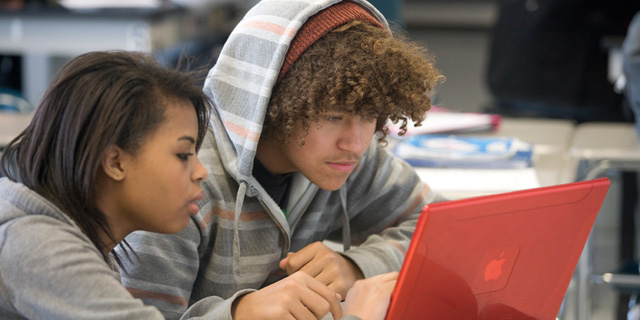High School Biology Resources
Visual simulations for teaching science to high school students

African Lions: Modeling Populations
Explore exponential and logistic growth models to analyze lion population data for and identify carrying capacity.
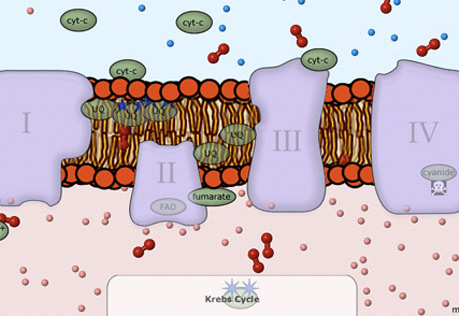
Cellular Respiration
Explore how your body converts the chemical energy of glucose into the chemical energy of ATP.
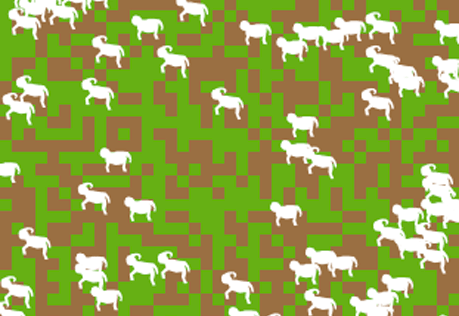
Conflicting Selection Pressures
Observe how heredity and natural selection allow a population to adapt to a changing environment.
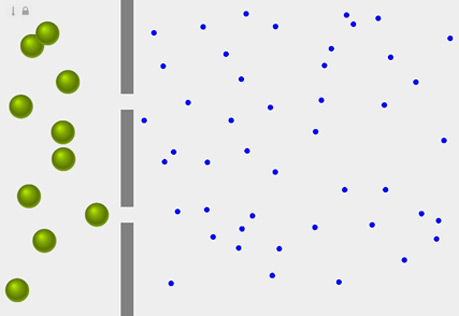
Diffusion Across a Semipermeable Membrane
Explore the role of pore size in the diffusion of a substance across a membrane.
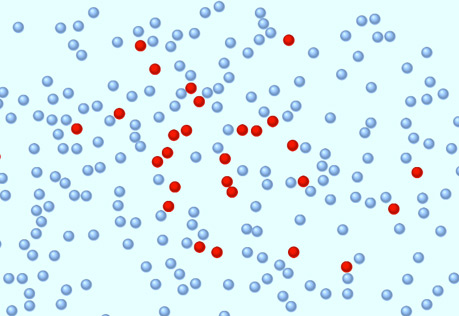
Diffusion of a Drop
Explore the random molecular motion of a dye in water.
Build Your Own Collection of Resources
Create a free account and collect the resources you want to use with your students in one location for easy access.
Create Account
Diffusion, Osmosis and Active Transport
Explore how water and ions can diffuse both passively and actively through cell membranes.
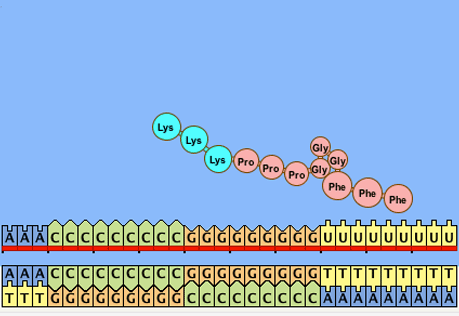
DNA to Protein
Explore what DNA is and how proteins are synthesized from the genetic information stored in it.

DNA to Protein
Explore how the code embedded in DNA is translated into a protein. Transcription of DNA and translation of mRNA are modeled.
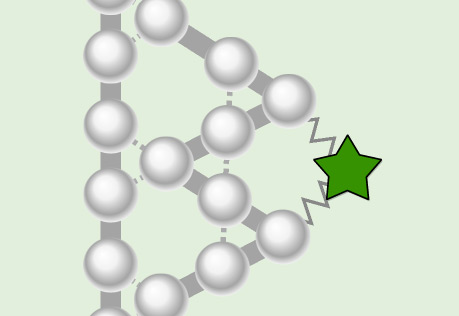
Factors Affecting London Dispersion Attractions
Explore the role of size and shape in the strength of London dispersion attractions.
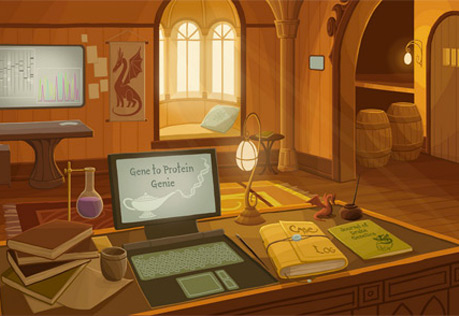
Geniverse
Students investigate dragon phenotypes and genotypes, run breeding experiments and solve genetic problems in a virtual lab.
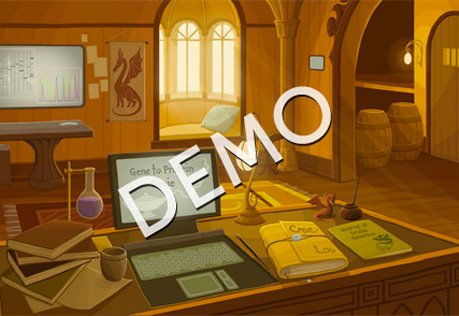
Geniverse Demo
Investigate dragon phenotypes and genotypes, run breeding experiments and solve genetic problems in this demo version of Geniverse.
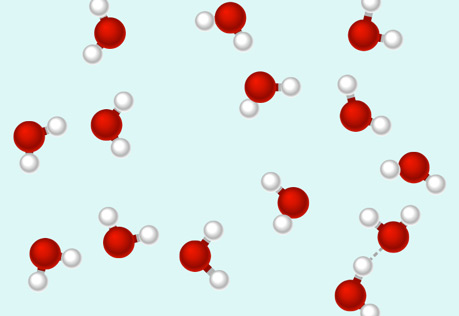
Hydrogen Bonds: A Special Type of Attraction
Explore the polar molecule interactions known as hydrogen bonds.
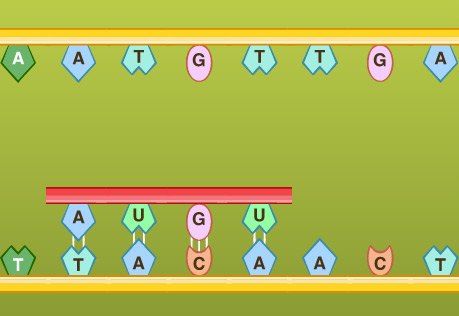
Modeling Transcription
Explore how an mRNA copy is made of DNA.

Modeling Translation
Explore how a protein is made from an mRNA sequence.
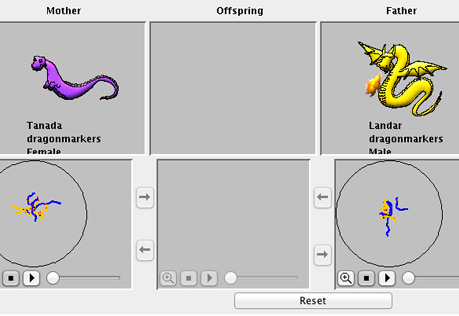
Modern Genetics
Students breed dragons to learn concepts in modern genetics.

Molecular Self-Assembly
Explore how molecules assemble themselves into defined patterns using a unique set of computational models.
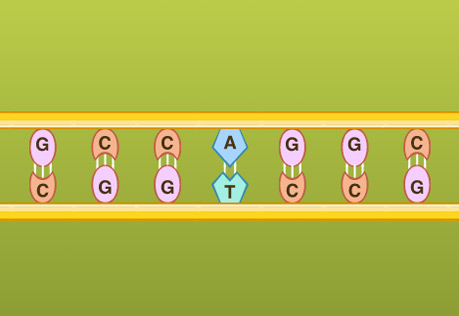
Mutations
Explore how changing the DNA sequence can change the amino acid sequence of a protein.
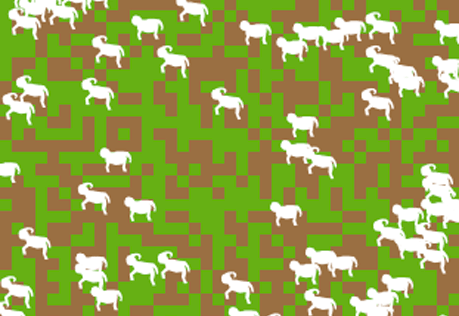
Population Explosion
Study how populations stay in balance with their environment and respond to various factors such as food supply and predators.
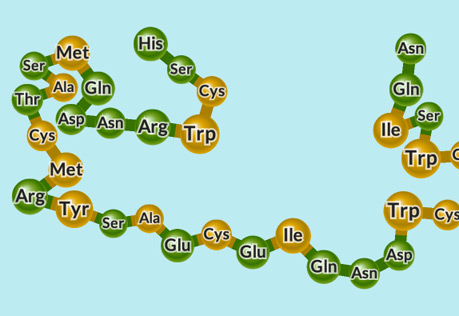
Protein Folding
Explore how hydrophobic and hydrophilic interactions cause proteins to fold into specific shapes.
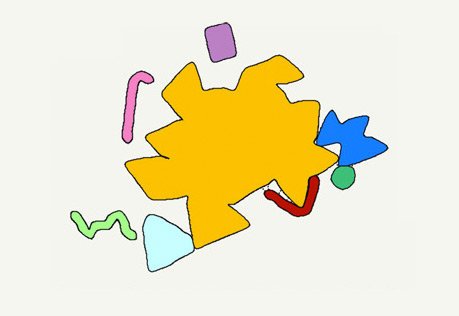
Protein Partnering &Function
Build "partnerships" between a protein and small molecules and learn the importance of a "good fit" between molecules.
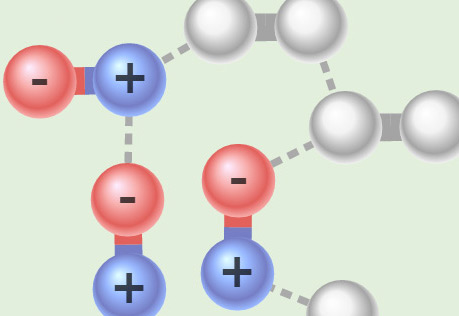
Seeing Intermolecular Attractions
Explore different types of attractions between molecules.
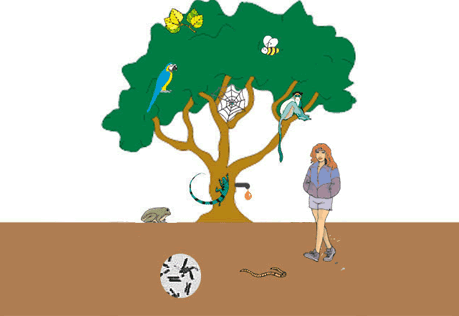
Tree of Life
Zoom down from what we can see with our own eyes to the macromolecules from which they are made.
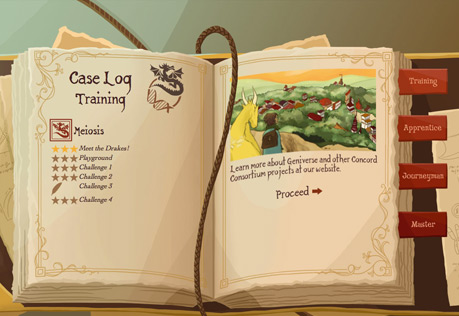
What is Meiosis?
Explore meiosis and fertilization in dragons in a special lab that gives students the power to recombine alleles.
“Wish I learned science this way—far more interesting than reading chapters in a book.”
